Over the past few years, runners have been talking about minimalism, reduced drop, natural running, barefoot, etc. And over the past year, I've decided to go over to the dark side of the shoe. Let me tell you what it's all about.
Origin
Like everyone else who starts running, I simply bought a pair of shoes and went for a run without worrying about anything else. From one day to the next, while everything was going well, I started to get tendonitis, knee pain etc... Well, it's true that at the time, I was clearly overdoing my training. And that's clearly where the pain came from.
So I change my approach. I take the necessary rest and maintain myself through cross-training (RPM, elliptical, indoor cycling, etc.). I also decide to invest in another pair of shoes, to avoid any worries. I start again slowly. It passes. And then, BAM after a month's recovery, fascia-lata tendinitis.
Kézako???
Well, the first time I exaggerated, but this time? What caused it? A good month had gone by. I was really out of pain when I started again. Why is it coming back?
I did a bit of research on the net and came across various websites(La clinique du coureur and Runners World among others) promoting natural running and minimalist footwear. I see that certain stores like Trakks and O2 Max in Belgium analyze your stride and recommend the right shoes.
I go to both stores with my two old pairs of shoes. On both sides, I'm told that these shoes have a pronator correction. OK, so what does that mean?
So pronation is the excessive stress we put on the inside of the foot (i.e. we put more weight on it) during the running movement; supination is the same problem on the outside of the foot.
I'm told that more and more corrections are being built into shoes, and that if the corrections aren't right, it can lead to injury. How cool is that? So basically, when you've got a universal stride and you're wearing shoes for pronators, it can cause problems, pain and, at worst, injury.
Well then! Let's see what planet I'm from! I get on the mat, and again in both stores, the result is clear: I run forefoot and on top of that, I've already got the technique, it seems... fore what???? I'm told there are three ways to run: heel strike, midfoot strike and forefoot strike... Thanks, but I don't understand what this has to do with my injuries.
I was then told that when you run on theforefoot or midfoot, it's called a natural stride, in other words, it's similar to barefoot running. With this type of running, you don't need to correct your stride at all, as the aim of this running technique is to integrate your natural biomechanics. In short, I injured myself through overtraining, and my shoes only served to maintain my injuries, despite my progressiveness. So I was advised to go for shoes with a reduced drop. The drop is the difference between the front and back of the foot.
Traditional running shoes often have a drop of between 18 and 12 mm. They feature an extremely cushioned heel, since we learn to run by attacking with the heel. However, this way of running is absolutely contrary to our biomechanics, as shown in the image below:
Attacking through the heel transfers the full force of the impact to the ankle, tibia, knee, femur and hip, which is why manufacturers add a hefty dose of cushioning to the heel to prevent injury. On the other hand, as we can see above, the forefoot attack not only works the muscles of the foot, but also transfers all the impact to our natural cushioning zones: the calves, ischios and quadriceps.
It's also clear from the photo above that no correction is necessary, since the foot naturally shifts in a certain way from supination to pronation in the movement. Indeed, the next step in this image is a reinforced support on the big toe (now we understand why the big toe is... big, since it's one of the essential elements for propulsion).
Characteristics of the minimalist shoe
From this biomechanical point of view, controlling the stride and providing protection through cushioning no longer makes sense. So-called minimalist shoes try to get as close as possible to barefoot running by reducing the drop to a maximum of 8mm, so as not to hinder the foot in its new dynamic. Today, there are shoes with a drop of 8mm, 4mm or 0mm (drop zero).
However, just because you reduce the differential between the front and rear of the foot doesn't mean you're reducing the sole and therefore the protection. Some shoes maintain a good layer of EVA under the foot. In fact, minimalist footwear does not mean unprotected sandals, even if a genuine reduction in weight is also sought.
The other key feature compared to traditional running shoes is the flexibility of the sole under the forefoot, so as not to impede the foot's natural movement, and the toebox, which is generally wider to allow the foot to flare out naturally on impulse.
My experience and advice
December 2013, I've been running with low drop shoes for 10 months now. I run in Salomon S-Lab Sense. They bring together the characteristics of minimalist shoes, or as Frédéric Brossard prefers to shoes that are compatible-anatomically-and-biomechanically-parlant-of-a-medio-foot-run. Indeed, they are extremely light, have a 4mm drop and are extremely flexible in the forefoot area.
Even though I was already a natural runner, the switch to these shoes took some getting used to, as they completely return the cushioning role to the muscles. That's why there's one very important recommendation to follow: progressiveness. If you've been running in the traditional way for a long time, you'll need to be even more progressive. Indeed, the transition from heel strike to forefoot strike will entail major biomechanical changes.
It's generally recommended that you start wearing minimalist shoes for an extra 1 minute a day, after which you put your traditional shoes back on. It is estimated that a transition of 3 to 6 months is necessary, up to 12 or 18 months for inveterate traditional runners (Thanks to Christian for the clarification: http: //www.courirpiedsnus.com/). And once again, listen to your body as soon as any pain appears.
Personally, since I've had these shoes, I've hardly had any injuries. The ones I have had are mainly due to a bad position on the bike during my cycling outings. I've also been able to test this type of shoe over a range of distances, from 10 km on the road to 50 km on the trail. And contrary to what you might read, I had absolutely no discomfort at all after 50 kilometers, and I'm convinced that these shoes can be worn on long trails, even at amateur level.
In conclusion
Originally, running shoes were rather minimalist! It was only when a mass market developed that manufacturers began to develop non-minimalist models. The first example is Nike, inventor of the waffle sole. After that, equipment manufacturers went on to develop increasingly sophisticated footwear to meet the more or less real needs of all those joggers who took up running without first having acquired a good running technique. So there were two quite distinct communities: on the one hand, the untrained joggers who took up running and for whom the equipment manufacturers offered increasingly sophisticated shoes to compensate to some extent for their lack of technique, and on the other hand, the club runners who, with varying degrees of good fortune, ran in lightweight shoes, more or less injuring themselves in the process.In fact, minimalism came to fill the void (for nature abhors a vacuum!) between these two communities. It made joggers aware that a shoe couldn't solve all their problems, and compensated for the absence of a minimum of stride technique, and club runners aware that there really were certain rules that made it possible to run even better (and less injured or more efficiently). As a result, we've seen, on the one hand, a large number of very good runners rethinking their technique, which undoubtedly takes into account some of the observations made under the impetus of minimalism, and, on the other, a wave of joggers starting to run barefoot and claiming to be injury-free (or virtually so) (e.g. Christopher McDougall).- http://leplaisirdecourir.blogspot.be/2012/12/2013-la-fin-du-minimalisme.html
What kind of shoes do you run in? Are you interested in the Reduced Drop ?
Please do not hesitate to contact me if you require any further information ;).


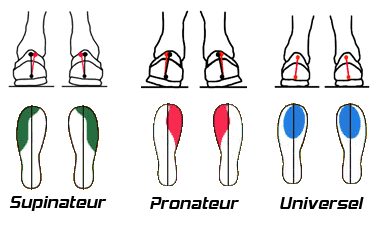

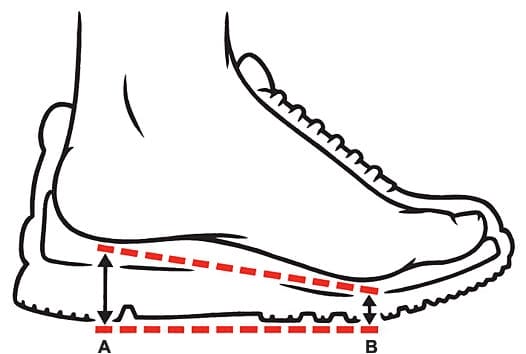
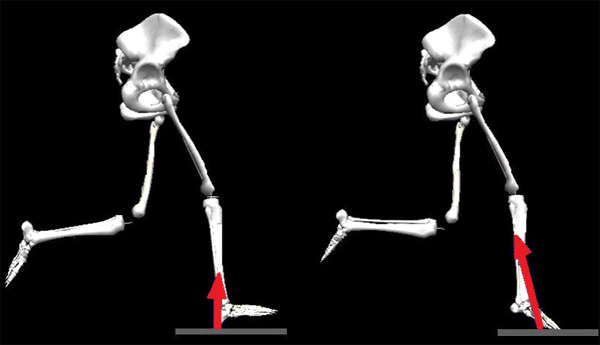
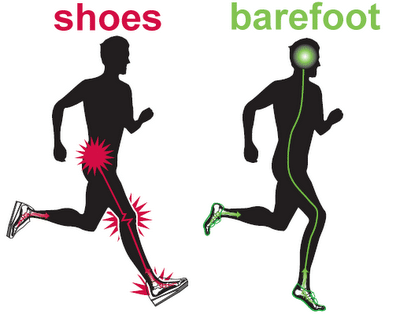
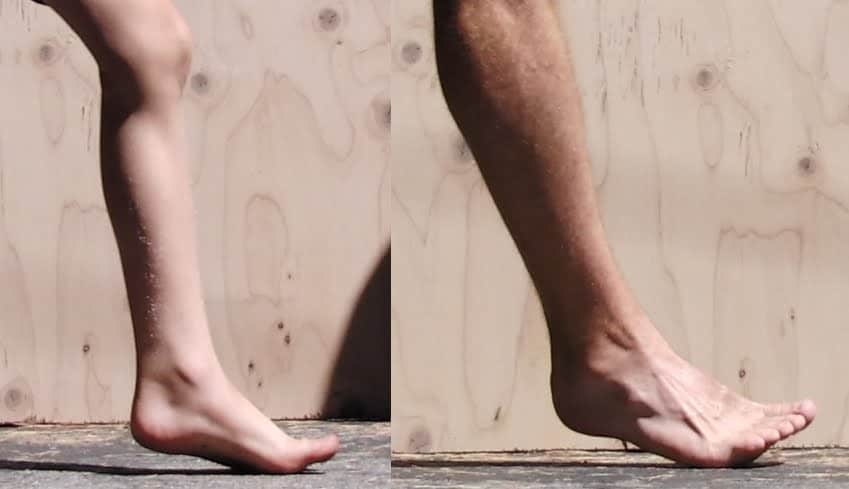
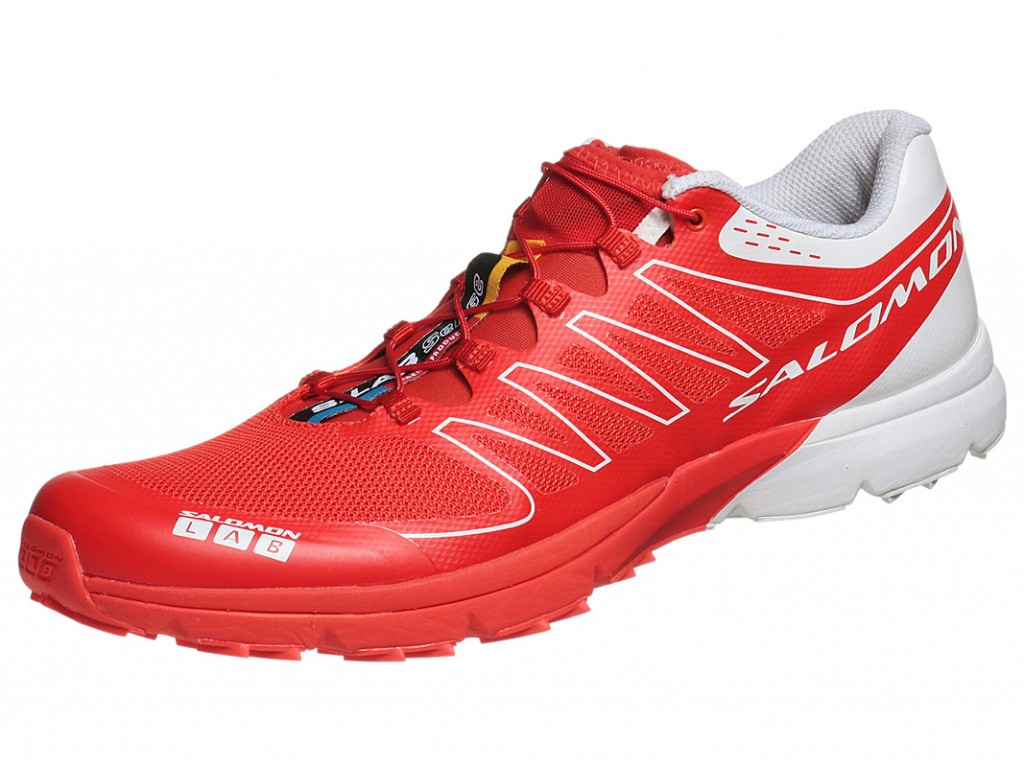



The best way to learn to run well is barefoot 😉 but you can get there too, but with a little more effort and less feedback, in shoes. I can confirm having met a large number of runners who are doing much better since they decided to adopt shoes like these...
The only thing to note is that the transition period often lasts much longer - 6, 12, even 18 months - because adult habits are tenacious... And running in the middle of the foot, when you're an inveterate heel striker like I was, requires a special kind of strength that the body will have to develop. I also agree with the notion of 7 per cent a day (I'm talking about 10 per cent a week), but be careful not to run every day during the transition - injury guaranteed!
Bravo for a particularly educational article, understandable by "the rest of us" 😉
Christian
A very big thank you for your comment and feedback! It's a pleasure to read 😀
I'll add this information right away!
Thanks again and I'll be spending some time on your Blog!
Julien
As Christian says, barefoot is incomparable.
But for trail running the learning phase must be pretty damn long, even for someone who already runs on the forefoot.
If one day you try it, let us know 🙂
That's exactly it, shoe manufacturers and the industry have "forced" runners to use more and more cushioning, and large drops, which have changed the way they run, moving from the natural forefoot attack to the heel strike...and anchored it in their heads, because everyone tells me that I should be running in real cushioned shoes, a remark that often annoys me...
Very nice article , very clear and educational ! On low drop for 3 years and VFF for 6 months, I will share this analysis that answers many questions I am often asked 🙂
Thank you very much, it gives me great pleasure. Hope to see you soon! Julien
Ah, I'm itching to switch to mid-forefoot; big heeler
1 year of CAP including 2×3 months of injury :/
Can we achieve the same performance and times because the stride will be shorter?
Yes, of course, because you have to increase your speed 😉
[...] minimalist shoes you ask? These shoes are lighter and closer to the ground, with a lower drop [...].
Severe pain in my left knee since 2013, then in my right ischium (compensation required), running with a heel strike. Result: partial internal menisectomy in December 2014. to continue running before the operation I opted for minimalist shoes in August 2014 with salomon s lab. today in July 2015 I have fully recovered and I only run with these shoes. I have no more pain in the ischium and knee. even during a 50 KM trail. I would like to thank MR BLAISE DUBOIS.
I can confirm all this too 🙂
I used to attack a lot with the front heel, knee pain, a little supinator on the edges so my ankle often twisted, appearance of big calluses as I increased the km (sometimes even a little pocket of sans underneath), then an injury I never understood made me change sides. I used to run with SpeedCross3s (real slippers, I've got nothing against the shoes) before making the switch to minimalists.
I made a radical switch to VFF and everything fell into place, after adapting and learning, of course. I've never twisted my ankle again (running in minimals requires a little more attention), no more knee pain (thanks to the forefoot) but the best thing is to see the state of the sole of the foot after 50 or 75km. Not a single blister, zero calluses, a supple, "soft" sole due to the much more even distribution of the contact zone.
And what about the stability and confidence you can gain in your feet 🙂
i bought nike vomero 10s: they have too much cushioning and the drop is 12mm. so i removed the sole. it forces me to land on my forefoot!
Removing the sole will not change the Drop calculation. You are still at 12 mm 😉
Hello. Very good article I am a convinced. Je course en Inov8 depuis 2 ans maintenant ( pure grit avant ) d'abord trailroc 245 et maintenant terraclaw 220 je viens de faire le Trail Glazig 2017 54km et retour du TFL Je me pose la question quand à passer sur du zéro Drop. Bonne continuation je suis vos articles
nice article thanks i discovered 5figers in august 2016 ran my 1st marathon (orléan 3h34) in newton in november
then in february 2017 i ran one in 5figers (buriram thailand 3h27)what a pleasure and a sensation no more knee pain after 11km i can't stop running...;
I've just signed up for Nantes see you soon
1.5 years of plantar fasciitis, disappeared quickly after adopting vffs
In terms of sensation, I feel like I'm running at a real pace and with little impact.
I don't feel like putting my old clogs back on.
I'm waiting for the good weather to do a bit of full barefoot.
Hello,
I read quite a few articles on this subject... maybe a bit late 🙁
I have been trail running for 4 years.
I have had recurrent tendonitis in my right patellar tendon for almost as long as I can remember. I've tried everything: physio, osteo, orthotics....
I mainly ran in Speedcross (12mm).
I was advised to switch to a much lower drop. So I bought Brooks Pure Grit (4mm).
I ran 5km in them, then 13km 2 days later... My calves hurt a lot running those 13km (not really surprising!). People told me: "13km! But you're crazy!
And now my lower back hurts a lot...
I wish I'd known better.
I think I have a heel attack. So I've got everything to relearn.
I don't know how to make the transition.
- Should I buy an intermediate pair with an 8mm drop, for example?
- Or should I alternate my 2 pairs, old and new?
- Or practice my mid-foot stride with my Speedcross (maybe not ideal...).
- They say to go very gradually, but I'm not going to leave with a pair of shoes in a backpack to change along the way?
I must admit I'm a bit confused...
Do you have any tips?
Thank you very much in advance.
Your articles are very well explained.
Delphine
At the risk of sounding strange, this transition should be as gradual as possible (1 year). You have to oscillate between your old shoes and your new ones. You need to do 1km, then 2km, then 3km and so on. This means that you'll do a first loop with your reduced-drop shoes, and then switch and train normally with your old shoes. The transition must be PROGRESSIVE!
What you've done is indeed heresy... Between you and me, SpeedCross shoes may not be the best choice either, as they offer little or no cushioning...
Don't hesitate to contact us if you have any further questions.
Kind regards,
Julien
Hello,
I run with a drop 8 in flat attack, can I take a drop 10 or not?
Thank you in advance for your advice.
I tried the natural stride, which means landing on the front of the foot. Unfortunately, I got a lot of inflammation in the tendons between my calf and my heel.
Hi there. You say in the article "I've also been able to test this type of shoe over various distances ranging from 10 km on the road to 50 km Trail", referring to the Salomon S-Lab Sense. But these are basically trail shoes, aren't they? Can they be used for road running? Thank you.
Hello, I've been running for 3 years with Altra zero-drop shoes, and I do 80% of trail running. I often have Achilles tendon pain and especially severe right hip pain. osteopath has unblocked the iliacus, but it's still very painful. I feel like I'm always attacking the heel, even though I force myself to put my foot on the front, but I can see the wear and tear on my shoes, especially on the outside heel. I don't know what to do anymore... Thank you.